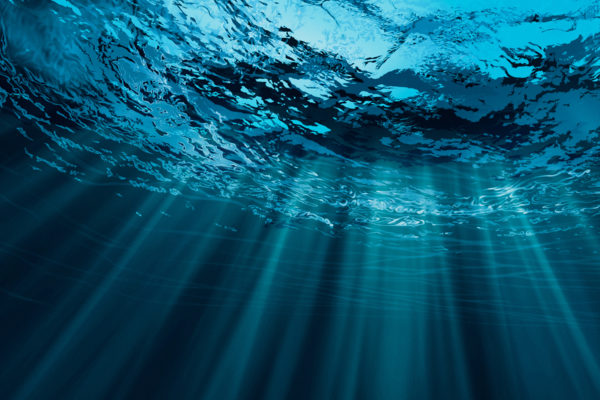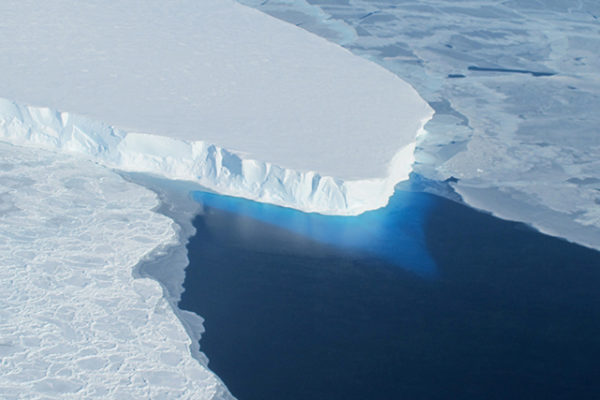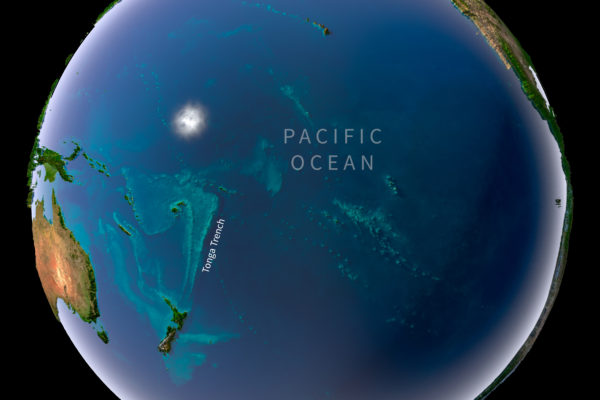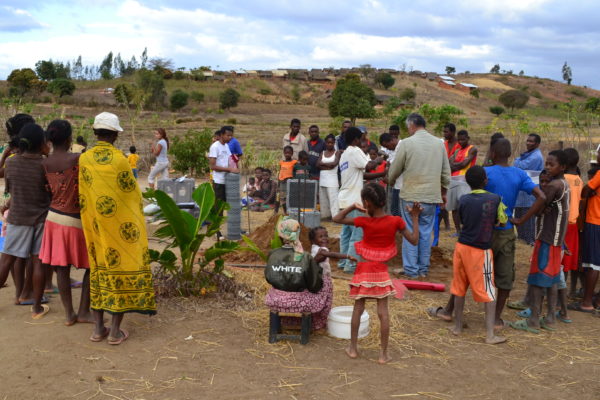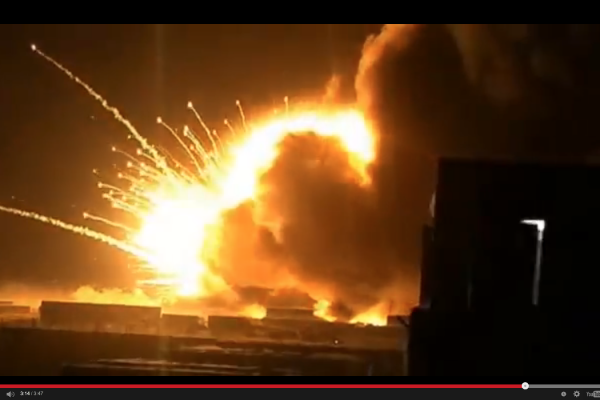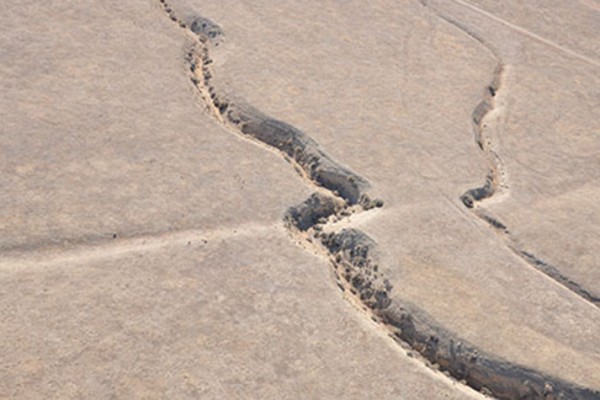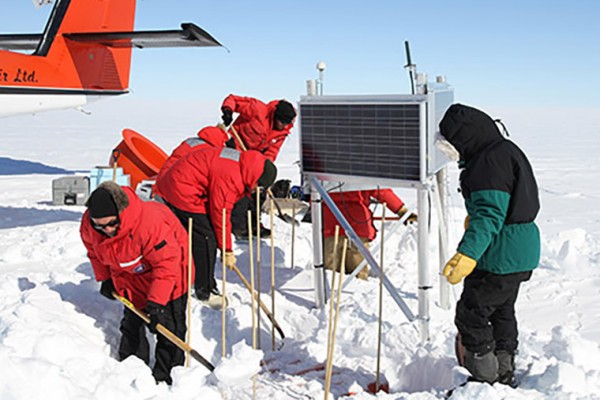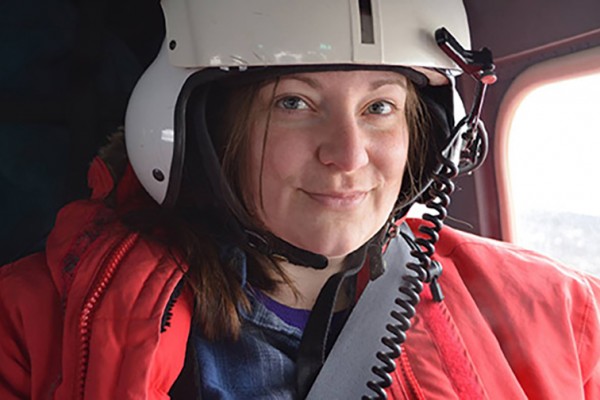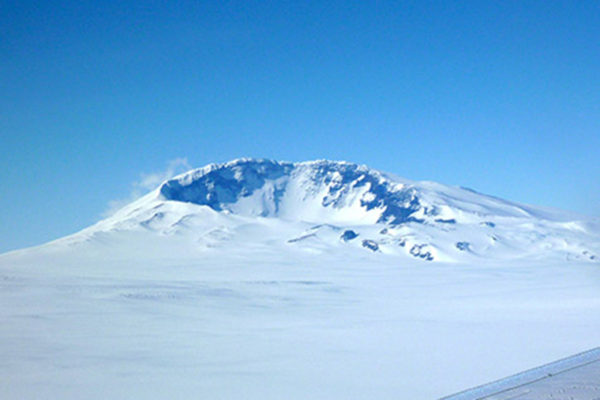What a deep dive into the deep blue sea is teaching us
Slow-motion collisions of tectonic plates under the ocean drag about three times more water down into the deep Earth than previously estimated, according to a first-of-its-kind seismic study that spans the Mariana Trench. The work has important implications for the global water cycle, according to Douglas A. Wiens in Arts & Sciences.
Bedrock in West Antarctica rising at surprisingly rapid rate
The findings, reported in the journal Science, contain positive implications for the survival of the West Antarctic Ice Sheet, which scientists had previously thought could be doomed because of the effects of climate change, according to study co-author Douglas Wiens of Arts & Sciences.
Water world
A team of seismologists analyzing the data from 671 earthquakes that occurred between 30 and 280 miles beneath the Earth’s surface in the Pacific Plate as it descended into the Tonga Trench were surprised to find a zone of intense earthquake activity in the downgoing slab. The pattern of the activity along the slab provided strong evidence that the earthquakes are sparked by the release of water at depth.
Scanning Madagascar
The island of Madagascar off the coast of Africa was largely unexplored seismically until recently. The first broadband seismic images of the island help solve a longstanding mystery: why are there volcanoes far from any tectonic boundary?
Forensic seismology tested on 2006 munitions depot ‘cook-off’ in Baghdad
Curious seismologists who looked at the recordings made by a seismic station four miles away from the “cook-off” of an ammunition holding area in Iraq in 2006 found they could distinguish, mortars, rockets, improvised explosive devices, helicopters and drones. Seismology is increasingly being used for investigative purposes, they said, not just to detect earthquakes.
WashU seismologist who loves disaster movies reviews ‘San Andreas’
A Washington University earthquake seismologist who is teaching a course on natural disasters in movies reviews the newly released film “San Andreas.” The short version: they clearly didn’t have a seismologist consulting on this film. The take home message: Go see it anyway. It’s summer.
2010 Chilean earthquake triggered icequakes in Antarctica
In March 2010, the ice sheets in Antarctica vibrated a bit more than usual as a surface wave from an 8.8-magnitude earthquake in Chile 3,000 kilometers away passed through the ice. Powerful earthquakes were known to trigger secondary quakes along faults in land; this was the first observation of triggered quakes in the ice. Washington University in St. Louis seismologist Doug Wiens says the finding is one of several discoveries made possible by POLENET, an array of seismic stations that reaches for the first time into the interior of Antarctica.
As the heat of summer settles on St. Louis, here’s a gust of cold air from Antarctica
Washington University in St. Louis postdoctoral research associate Aubreya Adams went to Antarctica in January and February 2014 to help with routine maintenance of seismic stations on the West Antarctic ice shelf. But nothing in the southern continent is ever routine. In her short stay, she experienced extreme weather, saw a rare mirage, visited bizarre ice vents on the volcanic Mount Erebes and saw first hand the effects of the warming that recently made front page news in The New York Times.
Volcano discovered smoldering under a kilometer of ice in West Antarctica
A temporary seismic array in Marie Byrd Land in West Antarctica recorded two bursts of activity in 2010 and 2011. Careful analysis of the events shows they originate from a subglacial volcano at the leading end of a volcanic mountain chain. The volcano is unlikely to erupt through the kilometer of ice that covers it but it will melt enough ice to change the way the ice in its vicinity flows.
Tales from the field: maintaining seismic stations at the South Pole
This winter (the Southern Hemisphere summer), postdoctoral research associate Aubreya Adams, PhD, spent a few months at the South Pole Station maintaining seismic equipment. This photoessay, based on her Facebook page, provides a glimpse of what it is like at the South Pole and what seismologists get up to when they go into the field to maintain seismic stations.
View More Stories
